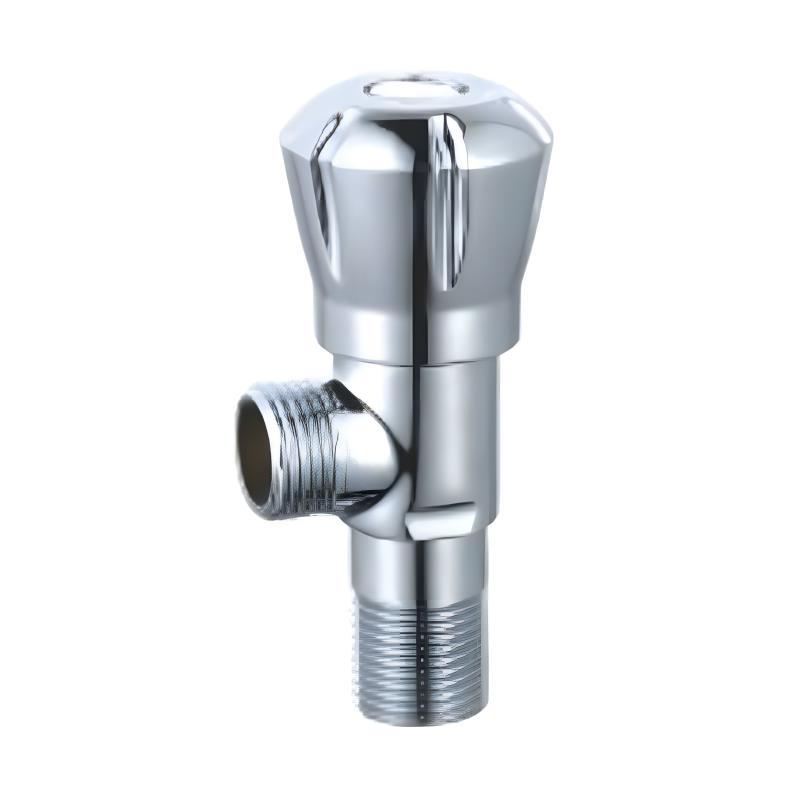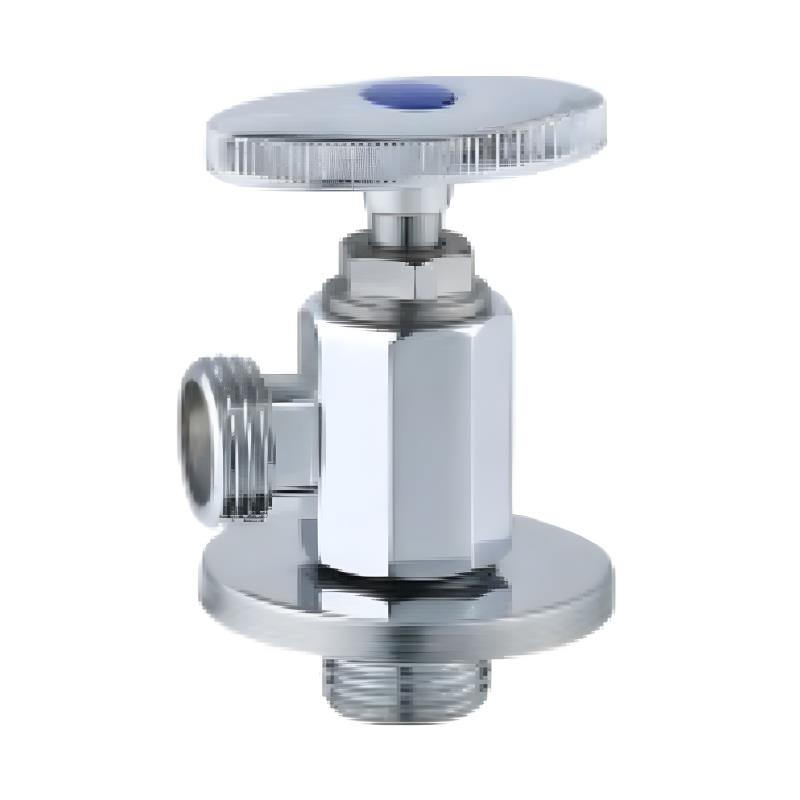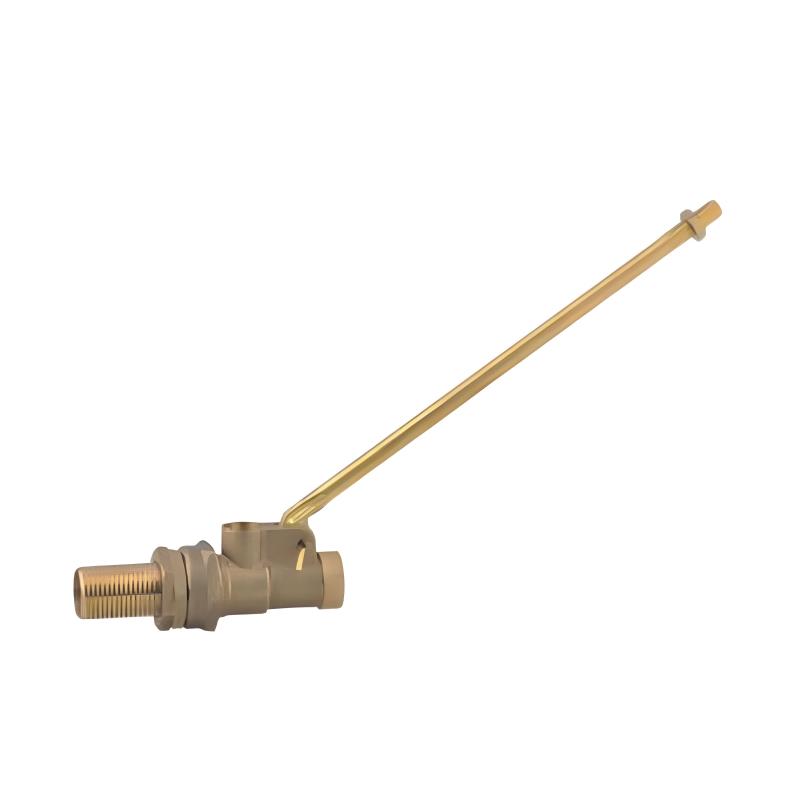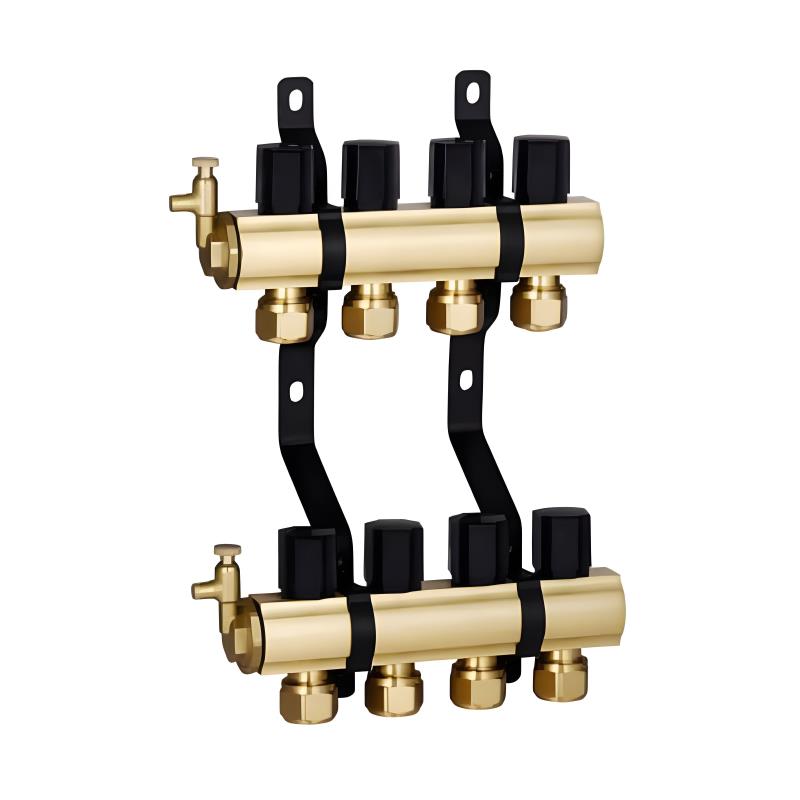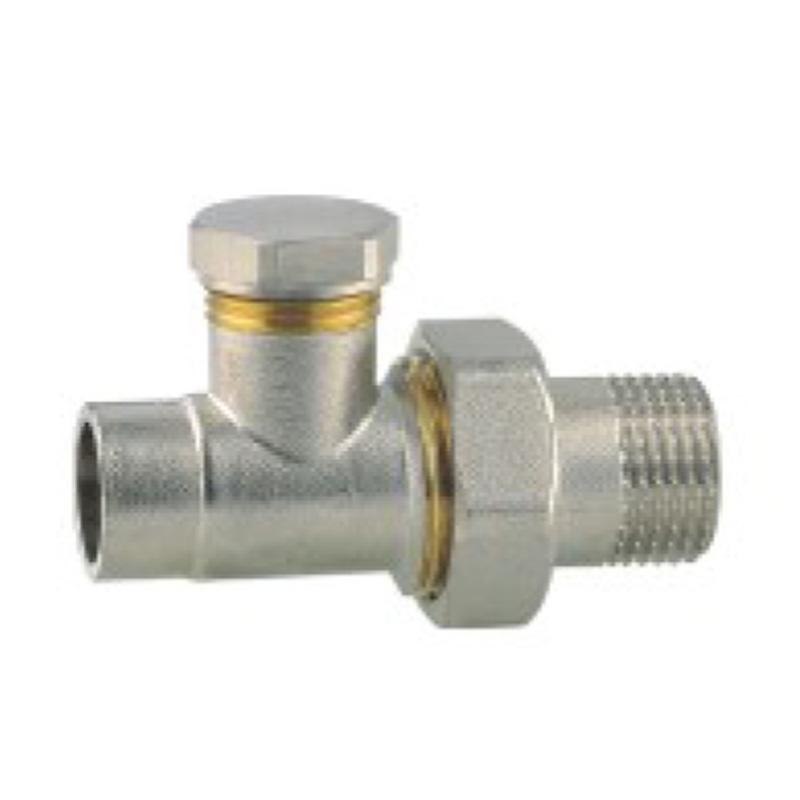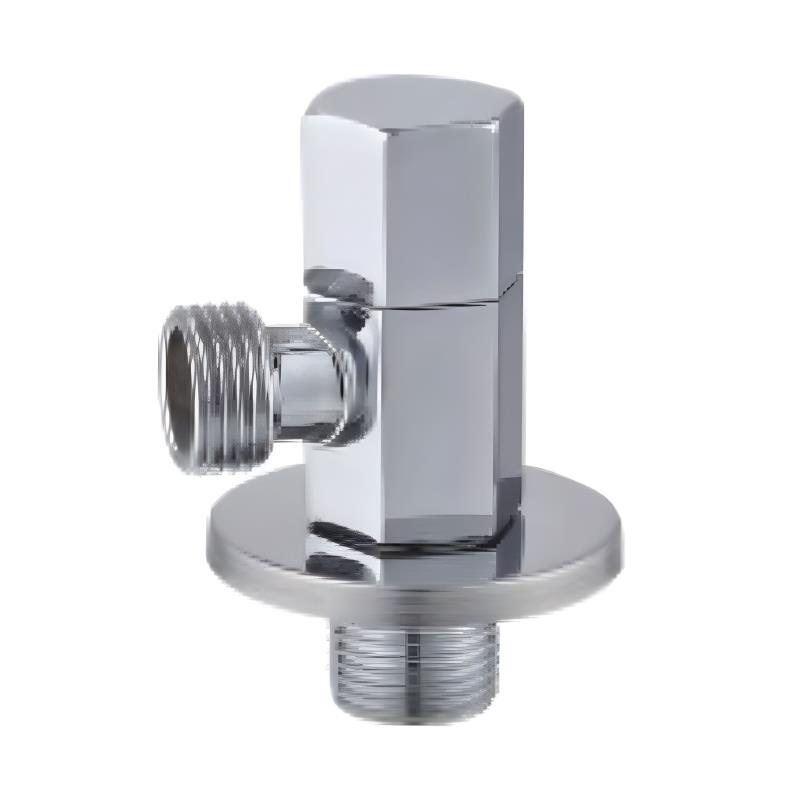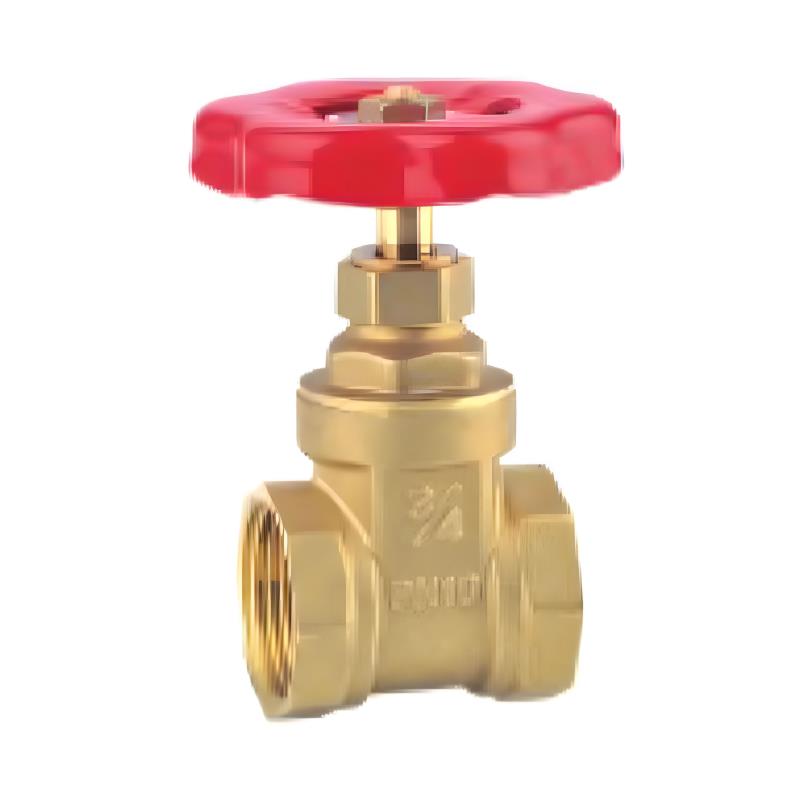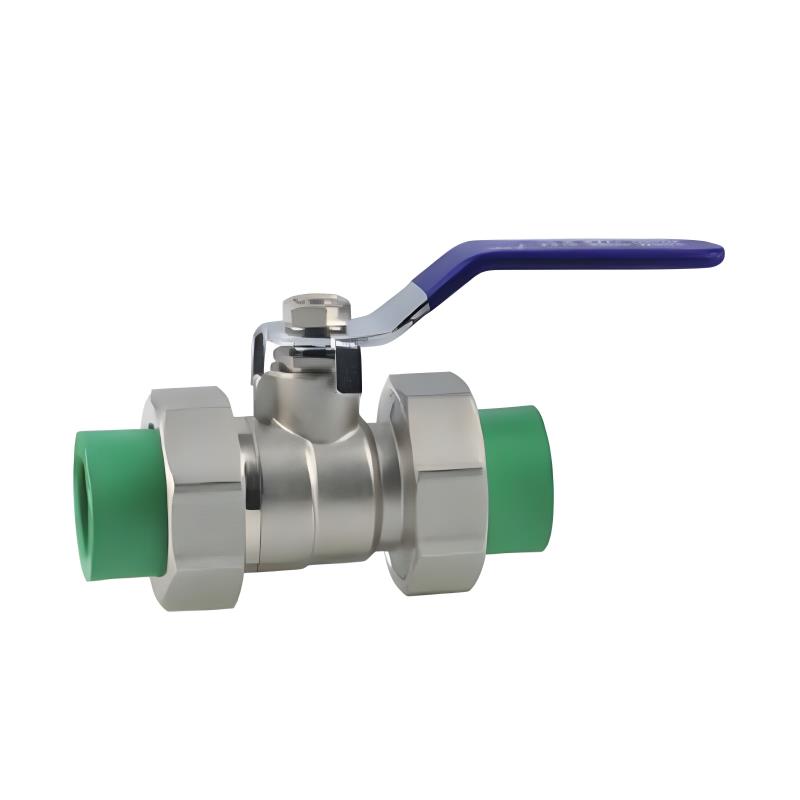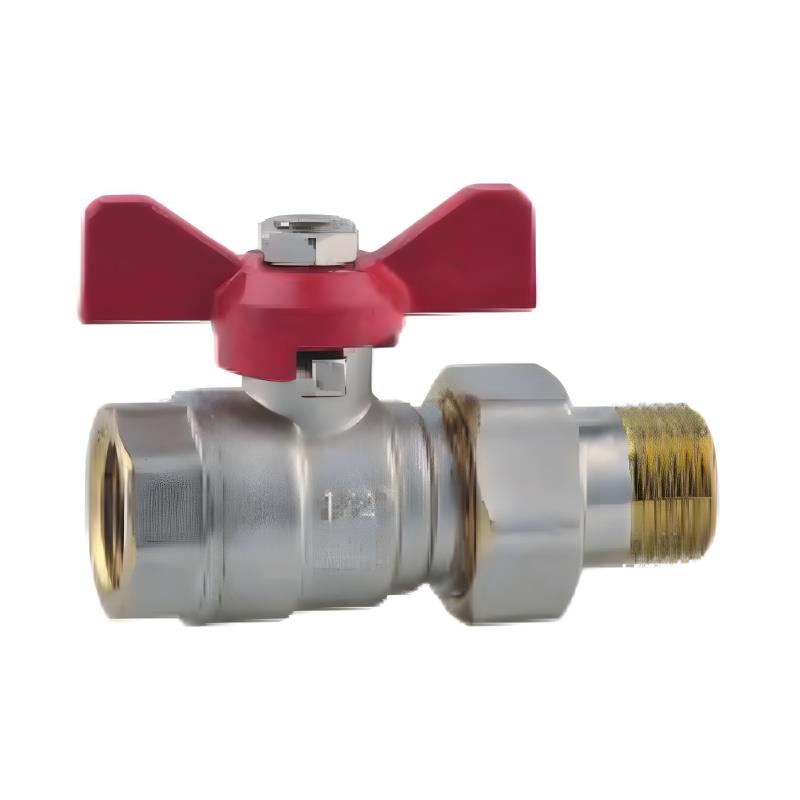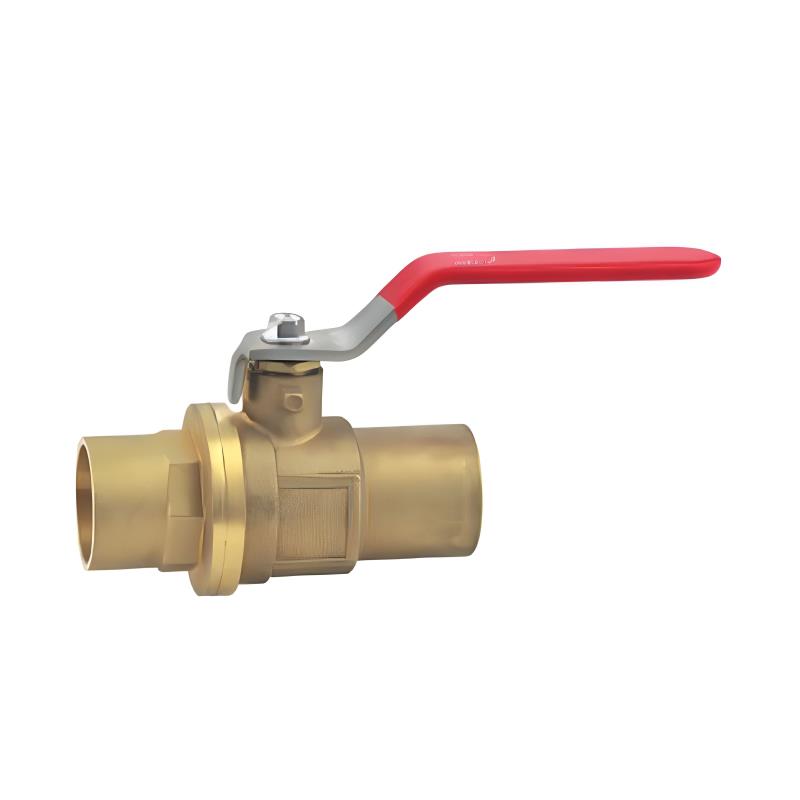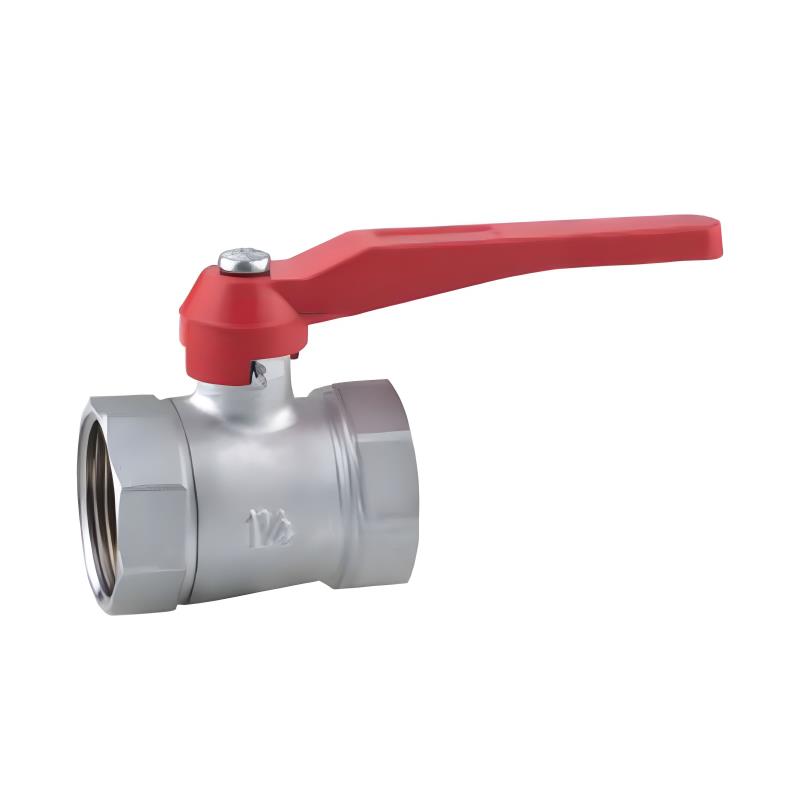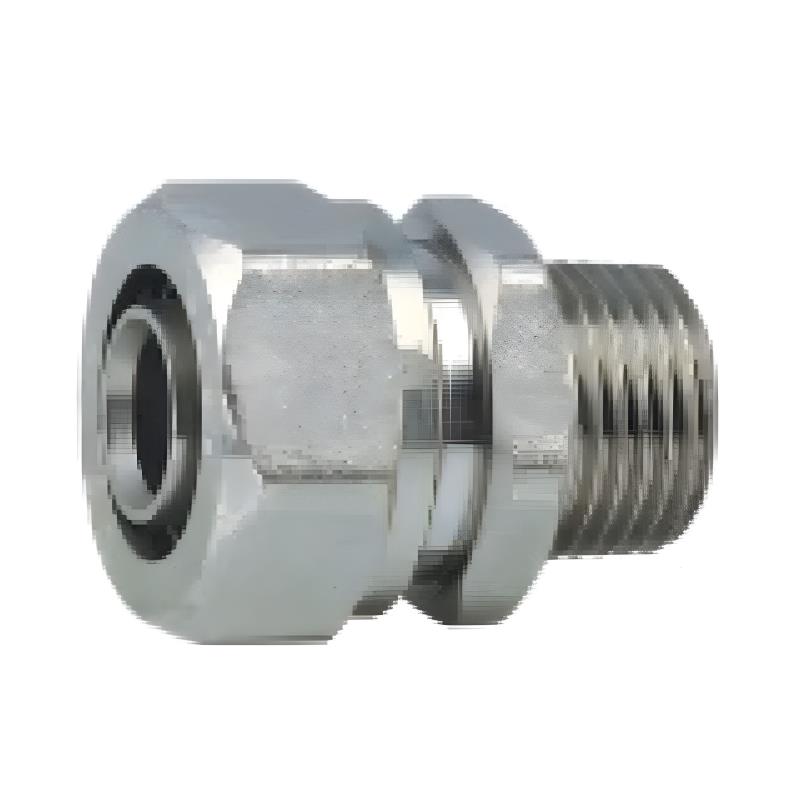Submit feedback
Understanding PP-R Inserts: What Homeowners and Contractors Should Know
In modern plumbing systems, choosing the right components is crucial for achieving long-term reliability, especially when it comes to water supply and heating lines. One such component that plays a key role in the efficiency and durability of plumbing installations is the PP-R insert. Whether you're a homeowner managing a renovation or a contractor planning a large-scale project, understanding how a PP-R insert works—and why it's important—can lead to smarter, more durable installations.
A PP-R insert, often made with a combination of polypropylene-random copolymer (PP-R) and metal such as brass or stainless steel, serves as a critical connection point between plastic PP-R pipes and external threaded fittings. It helps ensure a secure, leak-resistant bond that holds up under pressure and temperature variations. Thanks to its design and material composition, the PP-R insert is especially useful in both cold and hot water distribution systems.
One of the biggest advantages of using a PP-R insert is its resistance to corrosion. Unlike traditional metal fittings that may rust over time, the PP-R insert combines the chemical stability of plastic with the strength of metal where it's needed. This hybrid structure reduces the risk of leakage at the joint, which is particularly valuable in hidden installations, such as those behind walls or beneath floors.
For homeowners, the PP-R insert offers peace of mind by minimizing future maintenance needs. Once installed correctly using heat fusion or mechanical coupling, a PP-R insert can provide a long service life without the common issues associated with older materials. This is especially important in homes with fluctuating water pressure or hard water conditions, which can deteriorate standard fittings much faster.
Contractors often prefer PP-R inserts for their ease of installation and compatibility with a wide range of pipe systems. Because the PP-R insert is designed to integrate seamlessly with PP-R piping, it reduces installation time and ensures consistent quality across all joints. Moreover, its standardized dimensions allow for better planning in modular or prefabricated plumbing setups, which are becoming more common in modern construction.
In terms of safety and environmental impact, the PP-R insert also holds significant advantages. It is free from heavy metals and toxins, making it a safe choice for drinking water applications. Many PP-R insert designs also comply with international hygiene standards, making them suitable for use in hospitals, schools, and residential buildings alike.
However, not all PP-R inserts are created equal. Quality can vary between manufacturers, so it’s important for both homeowners and contractors to choose certified products from reputable sources. A high-quality PP-R insert will have strong fusion weldability, high pressure resistance, and a precisely machined metal interface. These factors all contribute to long-lasting and reliable pipe connections.
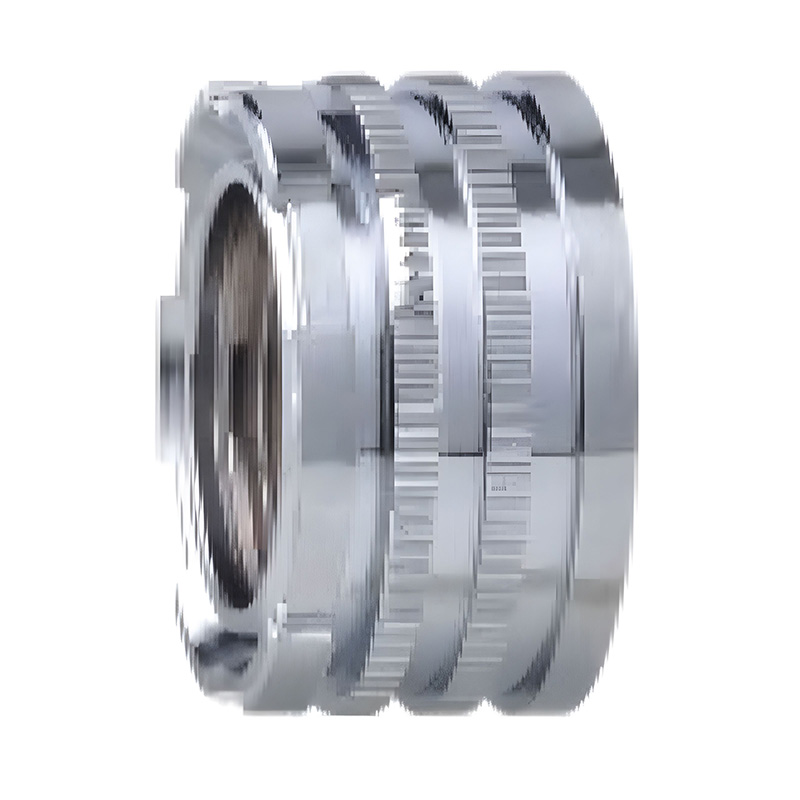
When selecting a PP-R insert, consider the specific needs of your plumbing system. For example, threaded PP-R inserts are ideal when connecting to valves or metal components, while smooth-end designs may be better suited for plastic-to-plastic fusions. Consulting with a plumbing expert can help ensure the right type of PP-R insert is used in the appropriate location.
In conclusion, the PP-R insert is a small yet essential part of any efficient water supply system. Its combination of durability, chemical resistance, and ease of installation makes it a valuable choice for both new constructions and renovations. Homeowners benefit from fewer leaks and longer service life, while contractors appreciate the time savings and consistent results. By understanding the role and benefits of the PP-R insert, users can make informed decisions that improve system performance and reduce maintenance over time.
 +86-13989680588
+86-13989680588 graylin@hongjiavalve.com
graylin@hongjiavalve.com 
